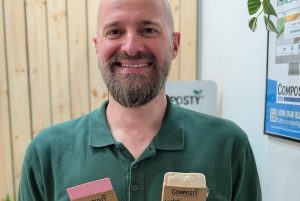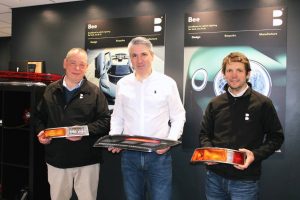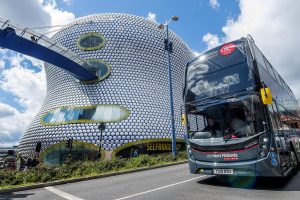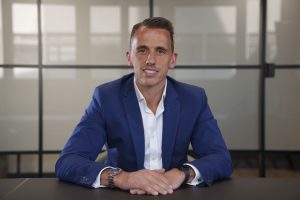Drones, hyperloops and autonomous vehicles
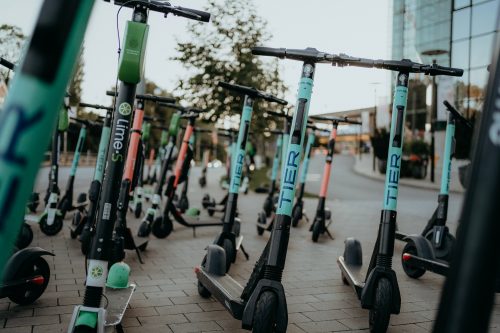
Tech is seen as an accelerator for our business journeys – and sometimes that is literally true. In then final session of Disruptors Midlands sponsored by Ribble Cycles and WeLink Communications an expert panel considering how technology is driving change in urban mobility.
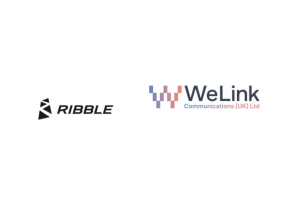
Starting the discussion Quay said that technology is “changing everything [not just transport] to be quite honest with you”. He noted that it is enabling people to make decisions in the moment about how they move around and as such enabling them to break established patterns of behaviour.
The CEO added that the adoption of technology by both consumers and transport providers was particularly impacting car usage as alternatives are more visible.
Picking up on the point Muldowney noted that technology isn’t just changing the method of transportation being uses but the need for it.

He explained how over the pandemic people have been able to not only work remotely but also access services such as GP appointments remotely.
This trend on digitally enabled virtual mobility was a topic he sees as a real opportunity and game changer for towns and cities.
“I think there are 200m GP visits each year, and I think we’ll move to a place where people will feel more comfortable about mobile consultations.”
This he noted was just one example of how behaviours can and possibly will change as a result of improved technology and digital connectivity and will have an impact on urban mobility.
Hamilton echoed both the previous speakers noting that he sees technology as “a vehicle enabler for more consumer choice around both how and when they want to travel.”
He noted that the move to mobile payments for transport services has “revolutionised people hopping on and hopping off” and that moving forward how that evolves will be “exciting when you start to look at how urban mobility works around the city – people pick up something, take it, use it and then leave it somewhere else and still be charged in the same way”.
As the conversation moved forward the panel also shared their views of what the future holds for urban mobility.
Muldowney said it will be variety.
“I think we’ll start to see lots of different types of transportation per day, and a move away from car ownership to concepts of sharing models – so the concept of a car being outside our home will be replaced by it being on the street and we book to use it”
He added that it won’t just be in personal transportation where changes are seen noting that there is already work underway in logistics to move towards drone deliveries.
Stating: “As well as [ changes to car ownership] we’ll be getting deliveries by different routes in terms of drone delivery.”
However, he cautioned that we shouldn’t expect flying cars yet because “we’re not there with the technology” and that it comes back to network capabilities as in order for flying cars or totally autonomous vehicles there’s a need for them to be able to communicate with each other. Although he also gave the caveat that perhaps on motorways where network systems may be easier to set up the move to automation may become the norm sooner than in will in complex urban environments.
Hamilton said he expects the change through technology be to an increase in active travel – the use of non-motorised methods based on physical activity.
He explained he sees over the next five years it will become a more realistic option for more people as a result of it becoming more affordable, the rise of subscription models making transport a service rather than a product.
Again, echoing the points of Muldowney he predicted a decline in car ownership, noting that it will be driven by both a mix of environmental choices and financial choices, because if a car is being used less the cost per journey will increase.
Hamilton also offered bold prediction by touching on the concept of Hyperloop technology which although not a short-term transformation, could transform urban mobility in large cities by creating rapid mass transit systems and enabling cross city journey times to be cut.
For Quay the focus was on the near future. He said: “We’ll certainly see a lot more electric and hydrogen powered buses, making them essentially cleaner, quieter and a lot more modern.”
This he explained will revolutionise the high street as it will be more peaceful and it will enable planners to create the kind of cafe and outdoor seating arrangements which through the pandemic have grown to be “really enjoyed”.
He also noted that perhaps “not as exciting as hyperloop technology” will be the “connectivity within/on those [public transport] vehicles which will mean you can make better use of the time in motion.”
Finally he said they future of urban mobility will see the vehicles contribute to the built environment by reducing the levels of noise being created and rise in light electric vehicles such as cargo bikes which means that rather than tonnes of metal running around local streets creating a risk to other users like pedestrians or cyclists there’ll be cleaner and lighter road users hopefully aiding road safety.
If you’d like to catch up on the full discussion about the future of urban mobility you can watch the full session below.



